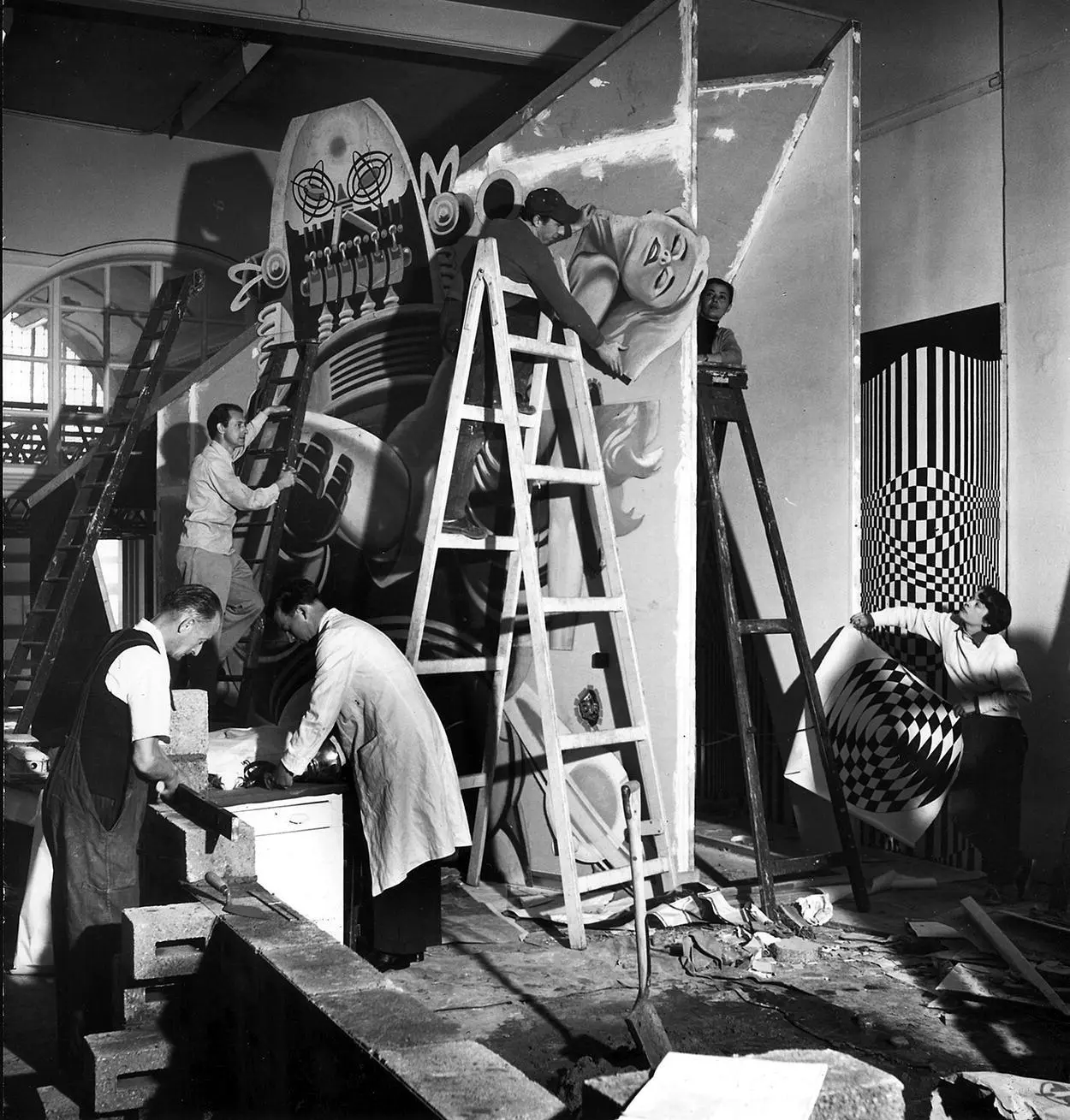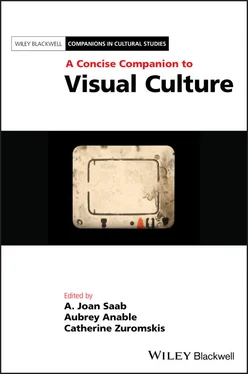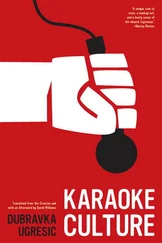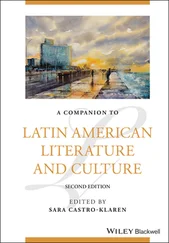Meanwhile, the Group 2 segment of the exhibition This Is Tomorrow reads as if it were an enactment of Alloway’s long front of culture—from its installation of Robbie the Robot, Forbidden Planet ’s science fiction superstar, to the film posters of Marilyn Monroe and Marlon Brando and from a poster (rather than the original) of a painting by Vincent Van Gogh to the presence of mesmerizing op art panels and of a jukebox presented as a pop cultural artifact (see Figure 2.1). The exhibition also contained Richard Hamilton’s inventive and humorous 1956 collage Just What Is It That Makes Today’s Home So Different, So Appealing? , which offers an emblem of Alloway’s horizontal thinking. Let us further recall that some historians regard this witty work as the progenitor of pop art, with its Charles Atlas muscle man brandishing his tootsie pop, which doubles as an exercise dumbbell. Hamilton’s photocollage reproduces the long front of culture in the age of mass media through its iconography and depiction of technological gadgets—from the Jazz Singer movie poster to the Young Romance comic strip, from the television set to the reel‐to‐reel tape recorder, from the magazine ad cutouts to the old portrait photograph. In this way it serves as a visual enactment of Alloway’s horizontal thesis and of its rejection of the hierarchical pyramid of artistic value.

Figure 2.1 Sam Lambert, Installation of the exhibition This Is Tomorrow , Whitechapel Art Gallery, London: Group 2 Exhibit, 1956.
Credit: Architectural Press Archive/RIBA Collections.
Leo Steinberg and the Emergence of the Flatbed Picture Plane
Even though he has been canonized as a major Renaissance and modern art historian with papers enshrined at the Getty Research Institute, Leo Steinberg (1920–2011) followed in Alloway’s footsteps and played a crucial role in the annals of horizontal thinking and in the emergence of visual culture. 1 I want to review his aptly entitled essay “Other Criteria” (Steinberg 1972a) in detail and to demonstrate how it serves as a key text that contributes to this rupture within art history out of which visual culture emerged. While its final part, which included “The Flatbed Picture Plane” section, was first published in Artforum in March 1972, under the title “Reflections on the State of Criticism” (see Steinberg 1972b), Steinberg notes that “Other Criteria” was incubated as a lecture delivered four years earlier at the Metropolitan Museum of Art in New York in March 1968. (Subsequent citations here will refer to the published essay in Other Criteria and will use the acronym “OC.” followed by page numbers.) While Clement Greenberg and the formalist critics emphasized flatness in color field and other forms of modernist painting, this characteristic had been understood solely in terms of a vertical orientation and viewing experience. Steinberg’s disdain for Greenberg and the flatness argument is captured in marginal handwritten notes in his personal copy of the reprint of Greenberg’s 1960 “Modernist Painting” six years later, in Gregory Battcock’s The New Art: A Critical Anthology —to which Steinberg, too, contributed an essay (a reprint of “Contemporary Art and the Plight of Its Public”). Where Greenberg writes “and so Modernist painting oriented itself to flatness as it did to nothing else” (Battcock 1966, 103), Steinberg mockingly retorts, at the bottom of the page: “No. This it shares with pancakes.” That is because Greenberg’s ideas about flatness and medium specificity never addressed what Steinberg referred to as painting’s relationship with the viewer’s perception, or with its “psychic mode of address” (OC 84). Steinberg believed that a radical change had occurred that the formalists could not register, a change regarding “how the artist’s pictorial surface tilts into the space of the viewer’s imagination” (OC 82). The tilting to which Steinberg alludes here is the pictorial surface’s becoming horizontal independently of whether it was hung on a wall or not. Steinberg elaborates further:
To repeat: it is not the actual physical placement of the image that counts. There is no law against hanging a rug on a wall, or reproducing a narrative picture as a mosaic floor. What I have in mind is the psychic address of the image, its special mode of imaginative confrontation, and I tend to regard the tilt of the picture plane from vertical to horizontal as expressive of the most radical shift in the subject matter of art, the shift from nature to culture. (OC 84)
In order to understand this transformation, Steinberg introduced the concept of the flatbed picture plane as a major innovation in mid‐twentieth century avant‐garde art.
Steinberg acknowledges that the flatbed offers a textual figure or, in Rosalind Krauss’s words, “a field of written signs” because its source is the printing press (Bois and Krauss 1997, 94). 2 He begins with a definitional turn to the dictionary: “I borrow the term from the flatbed printing press—‘a horizontal bed on which a horizontal printing surface rests’ (Webster). And I propose to use the word to describe the characteristic picture plane of the 1960s—a pictorial surface whose angulation with respect to the human posture is the precondition of its changed content” (82). What does one make of Steinberg’s posturing here, of this shift “with respect to the human posture”? Steinberg argues that the history of western art, from the Renaissance masters to the avant‐garde modernists (including cubism and abstract expressionism), presupposes the “erect human posture” that views the painting as it offers a transparent window onto the world of nature (what Steinberg calls a “worldspace”). This leads him to assert the following art historical truism: “Therefore the Renaissance picture plane affirms verticality as its essential condition. And the concept of the picture plane as an upright surface survives the most drastic changes of style” (83). In light of Steinberg’s argument and of its underlying ethical connotations, let us consider further what is at stake here. If the emergence of visual culture affirms horizontality as its “essential condition,” and therefore offers a critique of the “upright surface,” then visual culture studies will have been framed by the enemies of the field as a subversion of what is upright in both literal and figurative terms. While Steinberg entertains a few avant‐garde artistic precedents, here and there, of horizontal thinking and viewing (whether Schwitter’s trash collages, Mondrian’s plus and minus signs, or Duchamp’s readymades), he finds a distinct rupture and an exemplary model in the combine paintings of Robert Rauschenberg and in Jean Dubuffet’s art brut paintings, wherein the pictorial surface as a transparent (and vertical) worldspace yields to the pictorial surface as an opaque (and horizontal) workspace . His origins narrative of a “becoming horizontal” in painting by way of the flatbed picture plane—one that would open up the space for visual cultural practice—turns to this young innovator from Port Arthur, Texas. Steinberg reviews this “radically new orientation” along the following lines:
But something happened in painting around 1950—most conspicuously (at least within my experience) in the work of Robert Rauschenberg and Dubuffet. We can still hang their pictures—just as we tack up maps and architectural plans, or nail a horseshoe to the wall for good luck. Yet these pictures no longer simulate vertical fields, but opaque flatbed horizontals. They no more depend on a head‐to‐toe correspondence with human posture than a newspaper does. The flatbed picture plane makes its symbolic allusion to hard surfaces such as tabletops, studio floors, charts, bulletin boards—any receptor surface on which objects are scattered, on which data is entered, on which information may be received, printed, impressed—whether coherently or in confusion. The pictures of the last fifteen to twenty years insist on a radically new orientation, in which the painted surface is no longer the analogue of a visual experience of nature but of operational processes. (OC 84)
Читать дальше













